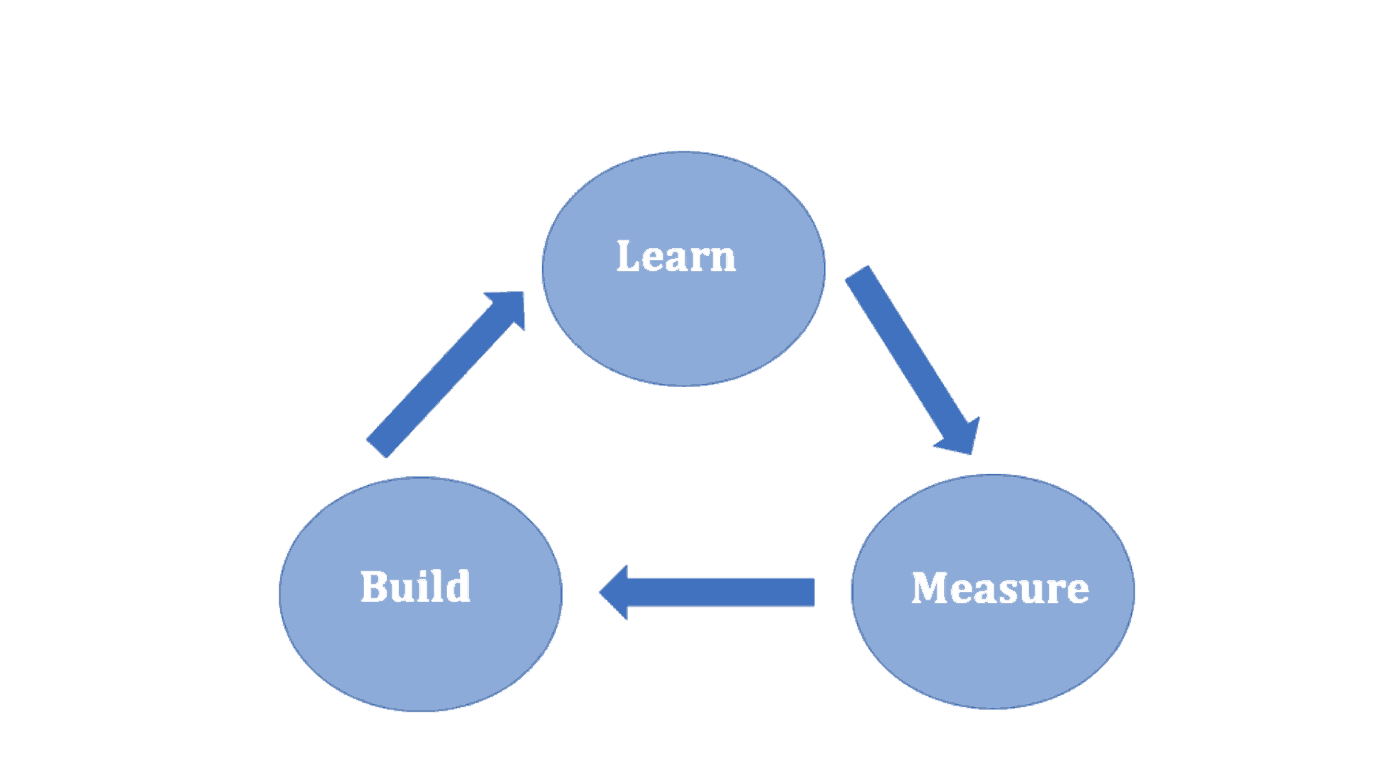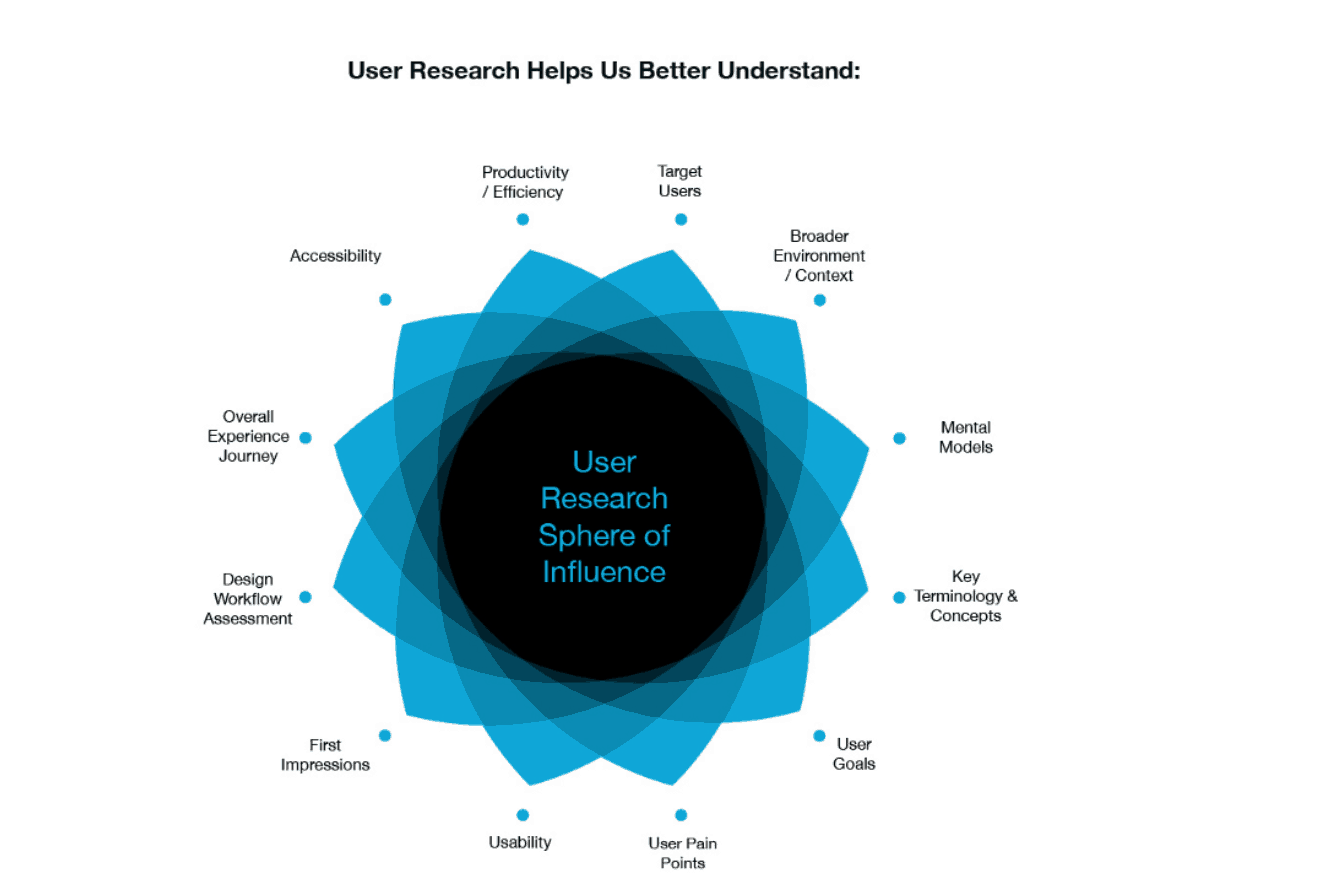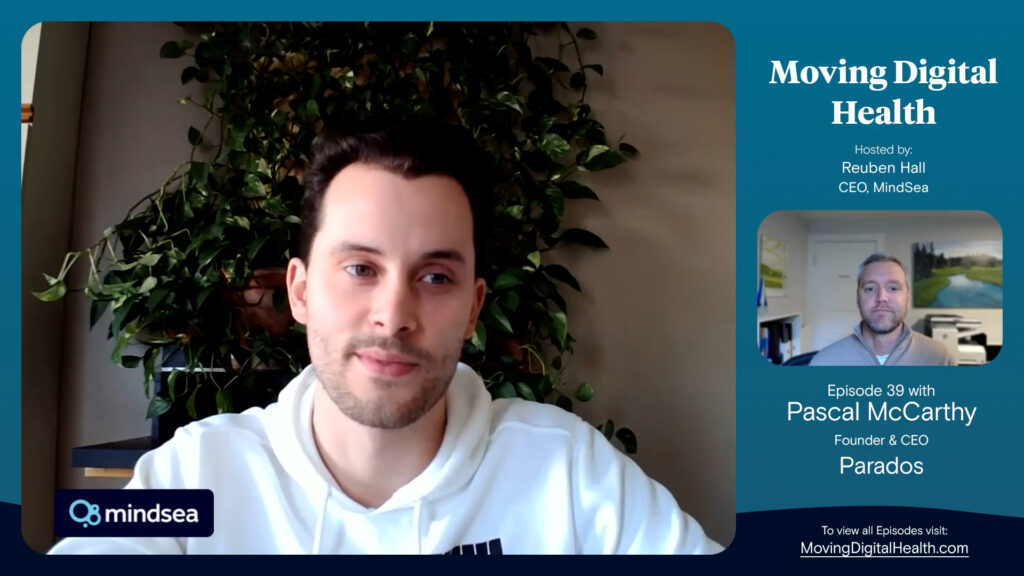1,434 and 6,140—if we go by Statista reports, that’s the average number of iOS and Android apps, respectively, that were released per day from the third quarter of 2016 to the first quarter of 2018.
Let’s look at another statistic to get more perspective. In 2017, the number of apps downloaded was 178.1 billion. In 2018 this number grew to 205.4 billion, and in 2022, the mobile app download number is projected to be 258.2 billion.
There are two things that the statistics above tell us: first, that the mobile app market is booming, and second, that it’s not likely to slow down anytime soon.
For these reasons, building a mobile app seems like a smart business opportunity that many people want to take advantage of.
But here’s the thing:
If you want to launch an app that’s going to be loved by the masses, your app needs to be more than just a ‘bright idea.’
To ascertain whether an app idea is worth pursuing, you need to ask yourself the following questions:
- Do you have the required budget?
- Have you factored in other resources?
- Have you validated your idea?
In this post, we’re going to elaborate on those questions and tell you how they can help you build an app that’s not only loved but also gets you the big bucks!
Let’s take a look.
Do You Have The Required Budget?
You’ve got a brilliant idea, but do you have the budget to see it through?
If you’re about to launch an app—whether it’s to boost customer engagement, build brand recognition, or set yourself apart from the competition—you need to ensure you’ve got the required funds before you get in too deep and can’t finish what you’ve started. It’s an important factor to consider because, well, there’s not much you can get for free these days, especially in business.
In general, a good app can run you anywhere from $100,000 to $400,000.
But again, it depends…
The best way to evaluate your financial situation is to examine the costs at each stage of your build: researching and analytics, wireframing, design and branding, back-end development, front-end development, quality assurance and marketing.
Each of those stages will cost you, but the cost will vary from one app to another. Let’s look at the factors that influence the amount of money you’ll need to shell out:
1. The platform of choice – The platform you choose for your app will determine the cost of building it. Are you thinking iOS? Android? Maybe both? One reason that iOS apps cost less is because they are written in Swift, Apple’s official programming language, while Android apps which are written in Java. Swift is simpler, requiring less code and therefore less time and money. But there are other factors that contribute to the higher cost of Android—for example, Android emulators are slower than iOS emulators and are known to slow down the whole process of development, thereby adding to the overall cost. Also, Android apps must be tested on various mobile devices, but there’s only one device type for iOS.
While I’ve only highlighted popular platform choices, bear in mind that the cost will dramatically change if you are developing a virtual assistant app for Alexa/Google Home or an IoT product (home automation, smart cars, etc.).
2. Third-party API costs –Third-party integrations that have to do with social media sharing, payment, location, etc., have become the norm in the app market. Integration allows for a seamless flow of data between two kinds of software and elevates the overall user experience. If you want these features for your app, it will come at a cost that you need to factor in.
3. App complexity – Users today are looking for a seamless experience, including real-time synchronization between devices. For example, if you’re using the Google Docs app to edit a document, you want those changes to be applied to the original document simultaneously.
Your users don’t want the app experience to feel any different from the web experience. What features will they need and expect? Depending on the complexity, such software can get expensive. Additional features like animations and accessible design will also drive the price up.
4. Localization – App makers want maximum visibility and exposure. This might mean launching the app in different regions, in different languages, and for different users in order to reach a wider audience. This is called mobile app localization, and while it has its benefits (like boosting the number of monthly active users and revenue), it comes with an added cost. If you want to localize your app, you’ll be spending money on translators, tests and local launches.
Those are major things that will impact the overall budget—but there’s more.
You also need to factor in any expenses that may arise due to stretched timelines or project delays. At MindSea, we’ve often been asked to redesign an app because the first version did not deliver—that also costs money, and it’s not something that companies plan for.
Have You Factored In Other Resources?
Now that you’ve considered your budget, let’s look at the other crucial resources you’ll need to create your app.
I’m referring to 1) the talent you need to complete the project and 2) the time you need to allocate. Let’s look at these two resources more closely.
- Cost of Talent
The average app requires at least 3–5 dedicated people to work on it. This includes an app developer, app designer, product manager and backend developer.
If you don’t have a team yet, you need to factor in their salaries, taxes, healthcare and other costs. And don’t forget the tools and space you’ll have to provide so these people can do their job properly.
When calculating the cost of talent, you’ll also have to answer this familiar question: Build in-house or outsource your app to an agency?
Even if you’re working with a freelancer, and it may pan out differently, but there’s still a cost to consider.
- Time
Time is money and rightly so…
Before you go ahead with your idea, evaluate whether you’ve got enough time to focus on it. Will building this app shift your focus and your priorities away from your core product? Can you afford to work exclusively on the app?
By this stage, you are almost in a position to answer whether the app idea is still worth pursuing or should be shelved.
Have You Validated Your App Idea?
A study conducted by CBInsights found that over a third of startups fail because there’s no market need for their product.
That number speaks loudly of the need to validate ideas before launching them. Validating your app idea is an important step that should NEVER be overlooked—it clarifies assumptions, helps refine your app idea, and reveals whether there is even demand for your app.
But how do you validate your app idea?
Here are the important steps to consider:
1. Understand the market potential and timing
2. Run the riskiest assumption test (RAT)
i. Conduct user research and testing
ii. Evaluate the feedback
Let’s look at each of these steps in detail. Hold on tight—we’re about to cover a lot of good info in a short space.
1) Understand The Market Potential And Timing
In order to launch a successful app, you need to make sure there’s enough market potential and, more important, that the product is “timed” well.
So how do you know whether the timing is right? Bill Gross, founder at IdeaLab, put it perfectly:
“[The best way to assess timing is to] really look at whether consumers are ready for what you have to offer them. And to be really, really honest about it and not be in denial about any results you see. Because if you have something you love – you want to push it forward, but you have to be very, very honest about that factor on timing.”
Dive into your qualitative and quantitative data—look at Google search data, industry reports and competitor offerings. Talk to people about the pain points your app is going to solve and what they would expect from your product. The truth is that you might have an excellent idea, but unless the market agrees with you and the timing is right, then your idea is doomed to fail.
2) Run The Riskiest Assumption Test (RAT)
It’s true that developing a marketable product with the fewest features necessary is something that’s been practiced in the startup world for years now.
Instagram did it. Twitter did it. So did Dropbox.
But here’s the thing:
The minimum viable product model doesn’t cut it anymore.
That’s because apps that are launched using the MVP approach don’t test their riskiest assumptions before gunning for the finish line. They don’t have product-market fit, because they start building early on without evaluating this crucial factor.
And that’s where the riskiest assumption test comes in.

The riskiest assumption test (RAT) not only tests the app’s viability before launch; it also favours the best features over the features that are easiest to develop, unlike the MVP approach.
Instead of following the build-measure-learn framework, RAT is about learn-measure-build—you build fast, but only after you’ve done the learning and measuring. At MindSea, we believe that your RAT is your real MVP.
So why’s RAT a better choice today?
Because unlike MVP, RAT allows you to move forward with your idea one step at a time.
“A Riskiest Assumption Test is explicit,” Rik Higham, principal product manager at Skyscanner, wrote in his famous article ‘The MVP is dead. Long live the RAT.’ “There is no need to build more than what’s required to test your largest unknown. No expectation of perfect code or design. No danger it will prematurely become a product.”
This spin on the MVP has helped many startups validate their products and move in the right direction from the very start.
i) Conduct User Research And Testing
Despite knowing the significance of user testing and research, many app makers skip this step or don’t give it the attention it deserves. Arin Bhowmick, the global VP of design at IBM, lays down the purpose of user research in this article:
“User research focuses on understanding user expectations, behaviors, needs, and motivations through methodical, investigative approaches. Insights are then used to ensure that all product design decisions do benefit the user.”
Later in the article, Bhowmick adds:
“If you are really serious about creating a truly great product that satisfies your users’ goals and delivers a fantastic user experience, then investing in user research is going to be paramount to your success.”
The illustration below lays the many ways in which user research can help you build a superior app—it helps you understand your target audience, aligns your product to your user’s goals, and elevates the overall user experience journey, among other benefits.

ii) Evaluate The Feedback
Once you’ve done the initial user research, you must take inventory of the feedback you’ve gathered and apply it to the subsequent adaptations of your app.
Direct user feedback is effective—if you do something with it. So analyze the data you’ve collected in your research and testing phase to really understand what’s working and what’s not.
After you’ve analyzed all the feedback and you understand what your users are looking for, it’s time to put it all together and bring to life the app you intend to launch.
Wrapping It Up
It’s not easy to give up on an idea, especially when you think it’s brilliant. But businesses don’t work like that, and neither do apps. You want your app idea to solve a problem, to meet a real need—that’s what every successful app out there is doing.
And it all starts by taking the right steps towards long-term growth. So before you go ahead and launch your app, consider the three factors we just talked about:
- Check the budget—there’s no point in launching a new project when you know you can’t fund it.
- Check your additional resource bandwidth—have you got enough talent and time to support your build?
- Validate your idea—is the timing right, and have you run the riskiest assumption test to confirm this is something the market really wants?
Answer those questions and you’ll know whether you’re on the right road with your app idea.
Have more questions on building an app from the ground up? Reach out to one of our Product Strategists today.



